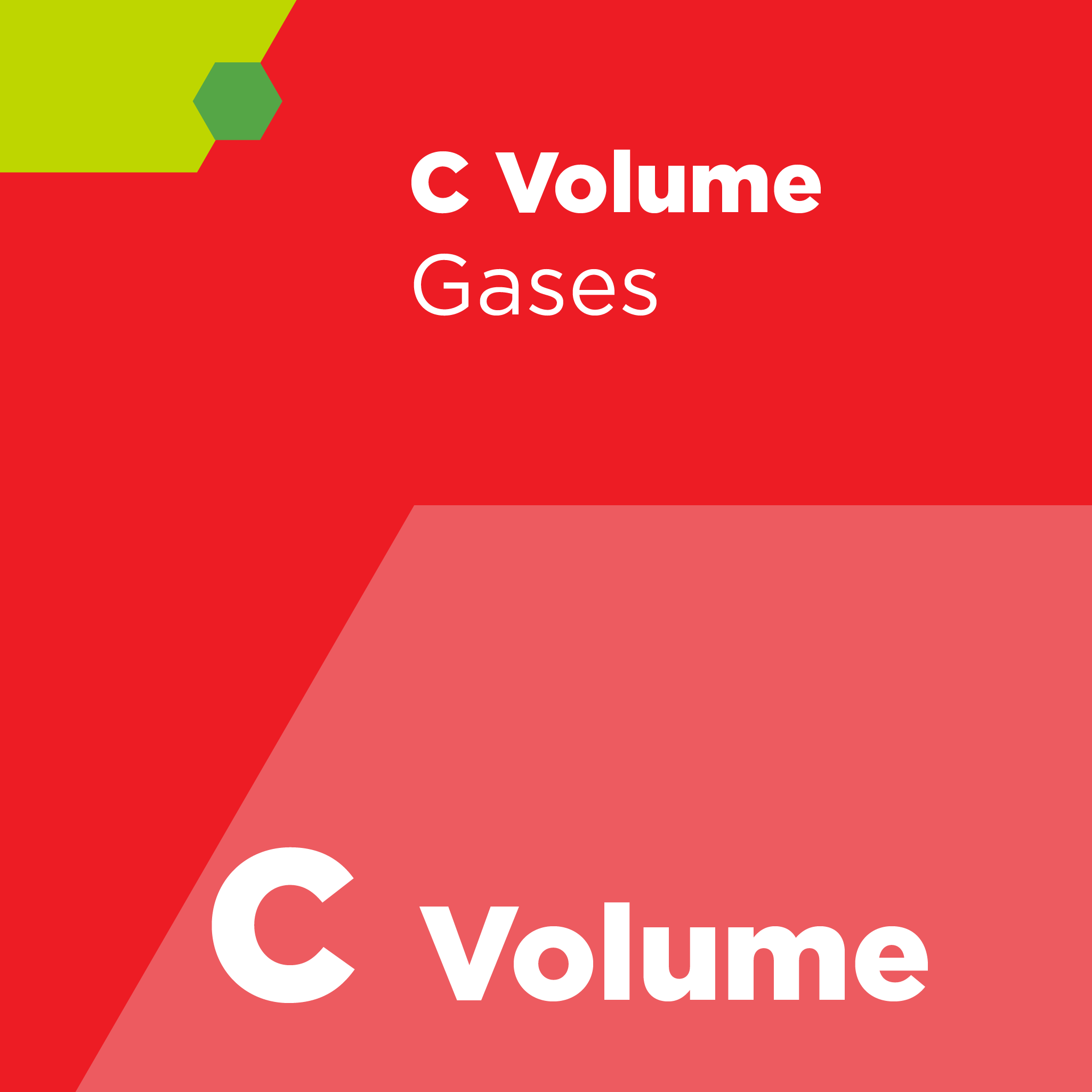
SEMI C91 - Test Method for Determination of Moisture Dry-Down Characteristics of Gas Delivery Components -
Abstract
NOTICE: This Document is no longer supported by the global
technical committee. It has been replaced by SEMI F118.
This Test Method describes the procedure for determination
of the moisture dry-down characteristics of components used in gas delivery
systems. The results of this test can be used for the qualitative ranking of
gas delivery components based on the design as it relates to moisture dry-down
performance of the system.
This Test Method applies to all types of in-line components
used in gas delivery systems for precise delivery of gaseous species used in
semiconductor manufacturing. The in-line components applicable are valves
(pneumatic, manual and hybrid types), mass flow controllers (MFCs), pressure
regulators, filters and passive components such as pressure gauges/transducers
and flow meters.
Test Medium — The test medium shall be nitrogen. Other
inert gases will have different purging characteristics and may dry a system
more quickly or slowly. Reactive gases shall not be used as they may react
chemically with moisture. Considerations relating to corrosion resistance are
outside the scope of the present Standard, although the test procedure may
prove useful in corrosion studies. The results will provide a ranking with
respect to moisture contribution arising as a result of differences in design.
Operating Situations — Moisture contribution from a gas
delivery component may be the result of improper design and construction,
contamination arising in its manufacture, or from subsequent exposure to
ambient air or non-dry gas. Thus, it is necessary to consider two main
situations:
- The ‘initial dry-down’ situation, which is determined by the moisture content of the component in the as-received condition, with the effects of manufacturing process and design, surface quality, pre-treatment and packaging convoluted together. This test is optional and may be omitted based on the objective of the testing
- The ‘response to an upset’ situation, which is determined by the amount of moisture taken up by the component and subsequently released in any exposure after receipt during its operation independently or as part of a gas delivery system.
Referenced SEMI Standards (purchase separately)
SEMI C15 — Test Method for ppm and ppb Humidity Standards
SEMI F112 — Test Method for Determination of Moisture
Dry-Down Characteristics of Surface-Mounted and Conventional Gas Delivery
Systems by Cavity Ring Down Spectroscopy (CRDS)
Revision History
SEMI C91-1115 (replaced by SEMI F118)
SEMI C91-1115 (first published)
 |
Interested in purchasing additional SEMI Standards? Consider SEMIViews, an online portal with access to over 1000 Standards. |
Refund Policy: Due to the nature of our products, SEMI has a no refund/no exchange policy. Please make sure that you have reviewed your order prior to finalizing your purchase. All sales are final.

This product has no reviews yet.